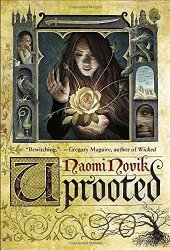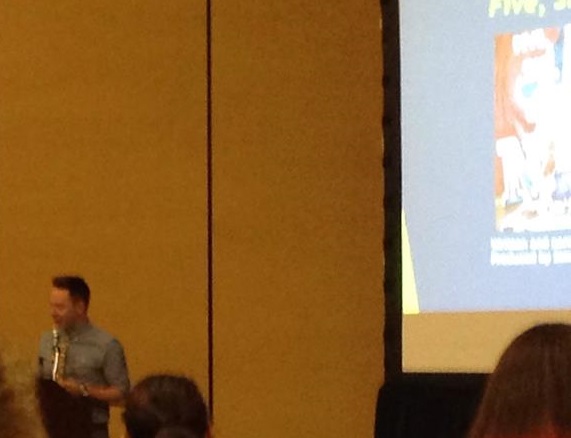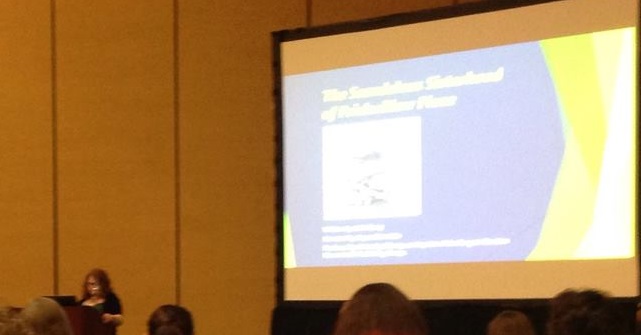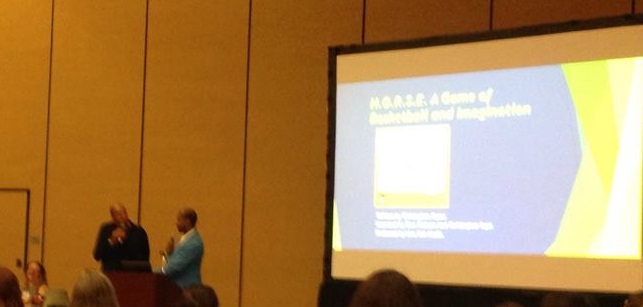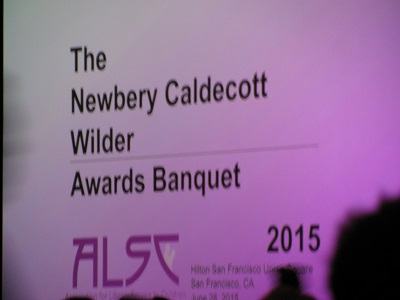Review of Uprooted, by Naomi Novik
by Naomi Novik
Del Rey, New York, 2015. 438 pages.
Starred Review
Naomi Novik is the author of the brilliant books about Temeraire, a dragon who fought in the Napoleonic Wars in alternate-history England. This new book begins with a very different sort of dragon.
Our Dragon doesn’t eat the girls he takes, no matter what stories they tell outside our valley. We hear them sometimes, from travelers passing through. They talk as though we were doing human sacrifice, and he were a real dragon. Of course that’s not true: he may be a wizard and immortal, but he’s still a man, and our fathers would band together and kill him if he wanted to eat one of us every ten years. He protects us against the Wood, and we’re grateful, but not that grateful.
Agnieszka is born in the year of the girls who will be 17 the next time a girl is chosen to go serve the Dragon for ten years. But she’s not worried for herself. Everyone is sure that her best friend, beautiful Kasia, is going to be the one chosen.
But the Dragon looks at Agnieszka and makes a quick decision that no one expects. He suddenly takes her back to his tower without even a chance to say good-by. It turns out that Agnieszka has magic.
But not long after she’s been serving the Dragon, and having learned just a little bit — messengers come to the tower when the wizard is gone, saying that the Wood has taken Kasia.
The great Wood is sinister and evil. No one has ever escaped it. But Agnieszka will not and cannot stand by. And she sets in motion a series of confrontation with dark forces inhabiting the Wood and stretching all the way to the king’s court.
This is a wonderfully absorbing story and I read it all avidly with only a few breaks for air. I should mention that with Agnieszka being seventeen years old, the only reason I can see for this not to be a young adult novel is that there is one quite explicit sex scene as well as many gruesome deaths. (I mentioned that the Wood is evil?)
I enjoyed the way the magic is described and how Agnieszka’s magic is different from that of the Dragon, more in the tradition of Baba Jaga.
This is a wonderful story of a peasant girl discovering power and using it to defend the helpless and make things right.
naominovik.com
delreybooks.com
Find this review on Sonderbooks at: www.sonderbooks.com/Fiction/uprooted.html
Disclosure: I am an Amazon Affiliate, and will earn a small percentage if you order a book on Amazon after clicking through from my site.
Source: This review is based on a library book from Fairfax County Public Library.
Disclaimer: I am a professional librarian, but I maintain my website and blogs on my own time. The views expressed are solely my own, and in no way represent the official views of my employer or of any committee or group of which I am part.
What did you think of this book?
